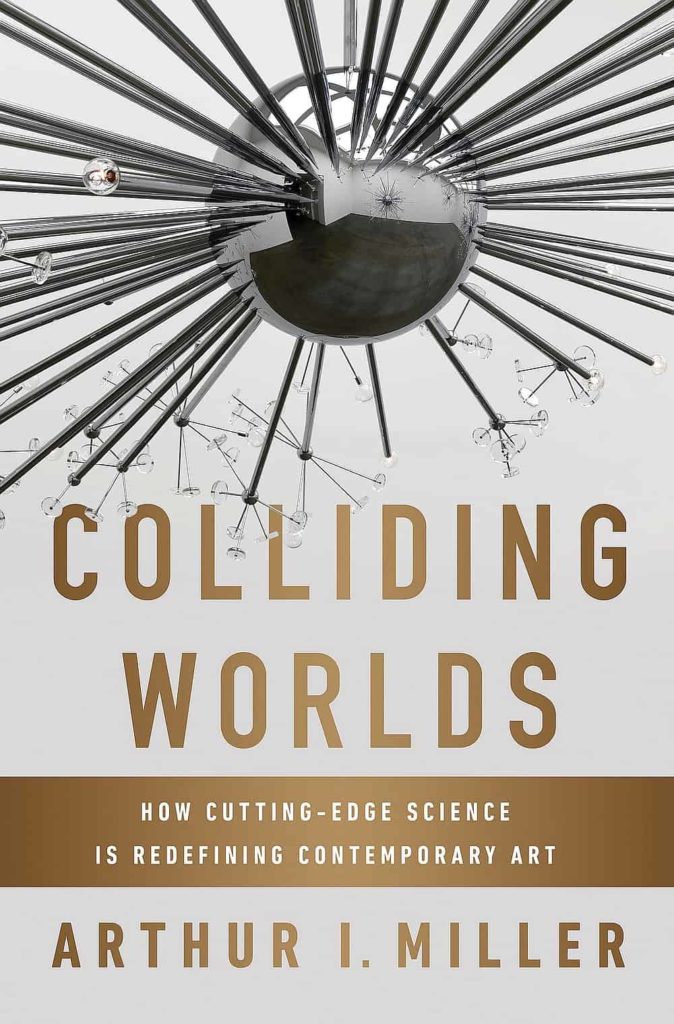
Colliding Worlds: How Cutting-Edge Science is Redefining Contemporary Art tells the story of how artists, scientists and technologists are working together to create a new art movement.
It is a journey behind the scenes into a bold new world and features a close look at the artists themselves: their creativity and what drives them, their struggles, and the drama of developing a new art form. Just like previous avant-garde art movements this one is up against a hostile art establishment intent on maintaining the status quo. Distrustful of science and technology and of how its products fit gallery norms, the art establishment remains mired in the last century.
Science, engineering, computers, and algorithms inspire these artists, just as nature, hate, love and death used to inspire artists. Instead of paint and chisel, today’s artists are at home with the new twenty-first century electronically-based media. With it they strive to depict the wonders of our age of information – representing huge data sets aesthetically, looking into what it could mean in the future when robots interact with humans, sculpting with sound, folding together concepts of art with physics, using living matter to manipulate inert materials to make new and beautiful forms, and investigating what it means to be human when we can have chip implants, gene transplants, and organs produced by 3D printers inserted into our bodies.
Colliding Worlds: How Cutting-Edge Science is Redefining Contemporary Art takes the reader into a world where artists do more than merely use technology. They are at one with it – no science and technology, no art. Artist-scientist-technologists are emerging as these disciplines merge.
In the course of writing this book I realised that images on the printed page do not always suffice. In this website I expand the book by including video, sound and much extra material.
There are many artists doing artsci that I could not fit in the book and others that I recently discovered and are included in this website as Additional Artist-Scientists.
Table of Contents:
- Preface
- Chapter 1. In Search of The Invisible
- Chapter 2. Montmartre in New York
- Chapter 3. The Computer Meets Art
- Chapter 4. Computer Art Morphs Into Media Art
- Chapter 5. Visualising the Invisible
- Chapter 6. Intermezzo: How Science Helped Resolve the World’s Greatest Art Scandal
- Chapter 7. Imagining and Designing Life
- Chapter 8. Hearing as Seeing
- Chapter 9. The Art of Visualizing Data
- Chapter 10. Comrades-in-Arms: Encouraging, Funding and Housing Artsci
- Chapter 11. In the Eye of the Beholder?
- Chapter 12. The Coming of a Third Culture
- Bibliography